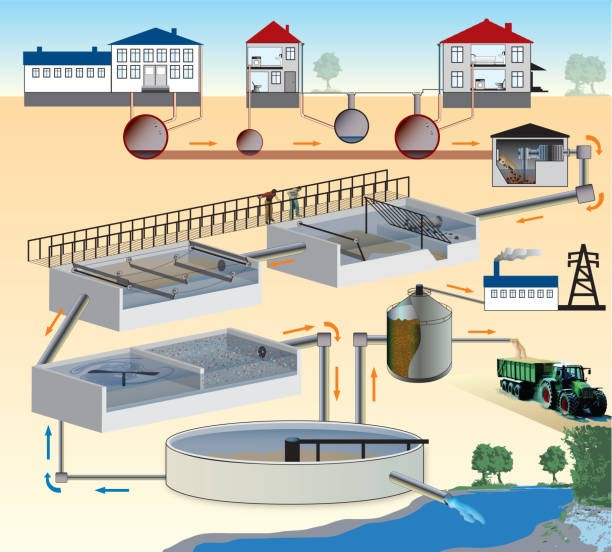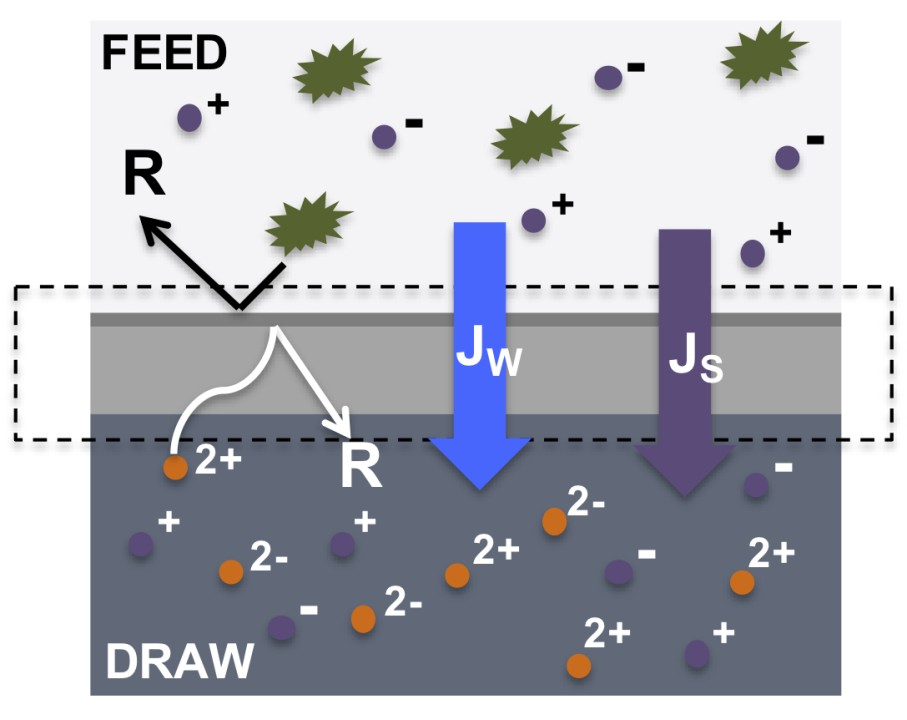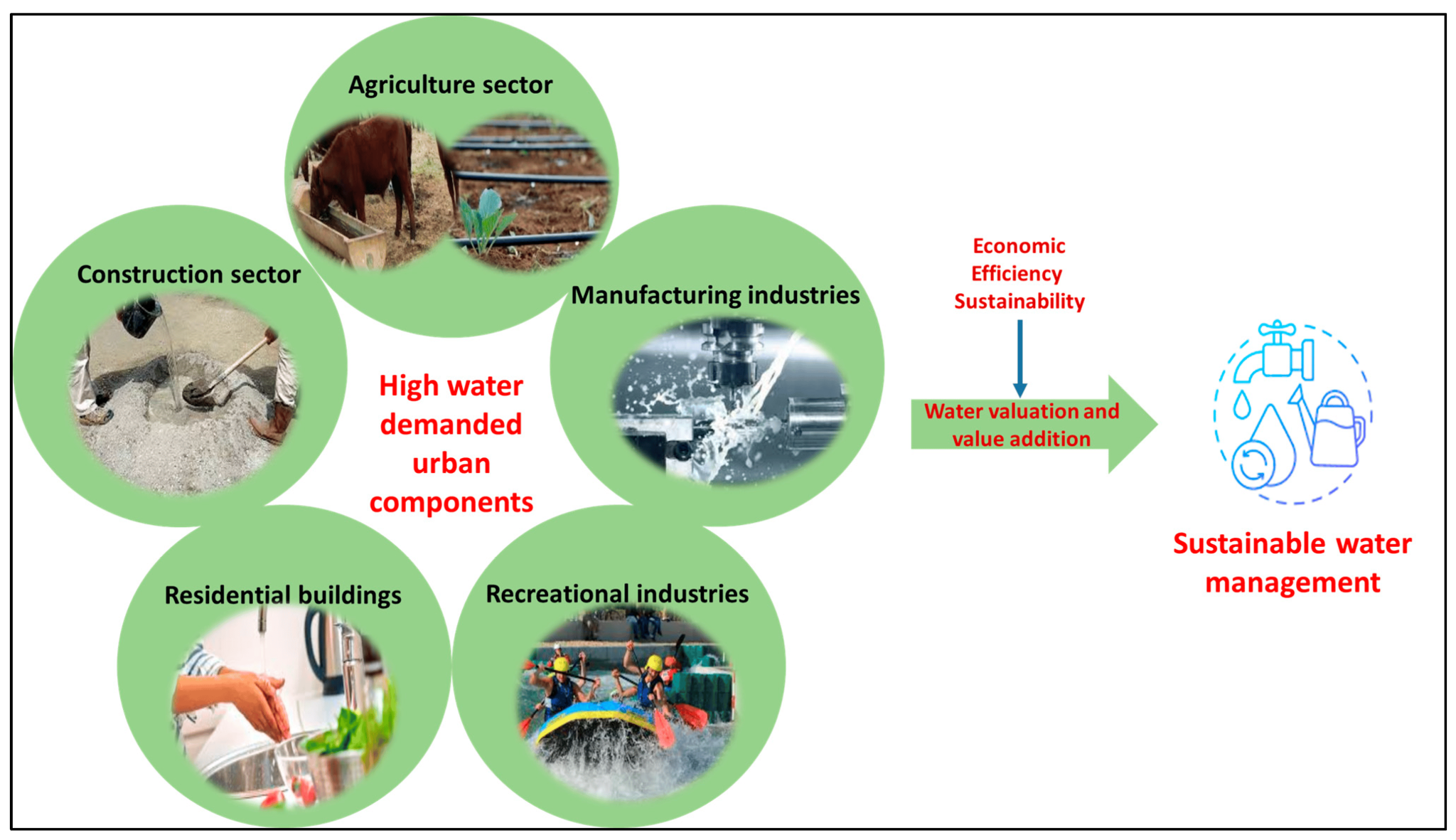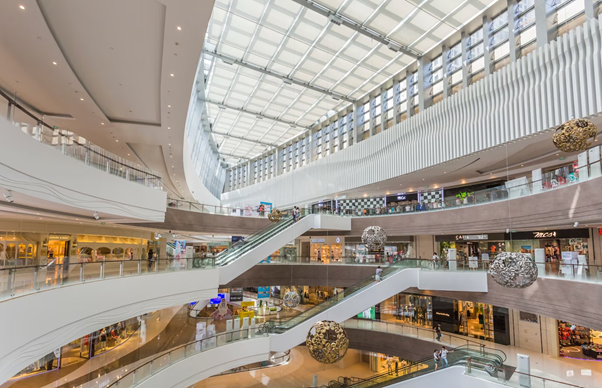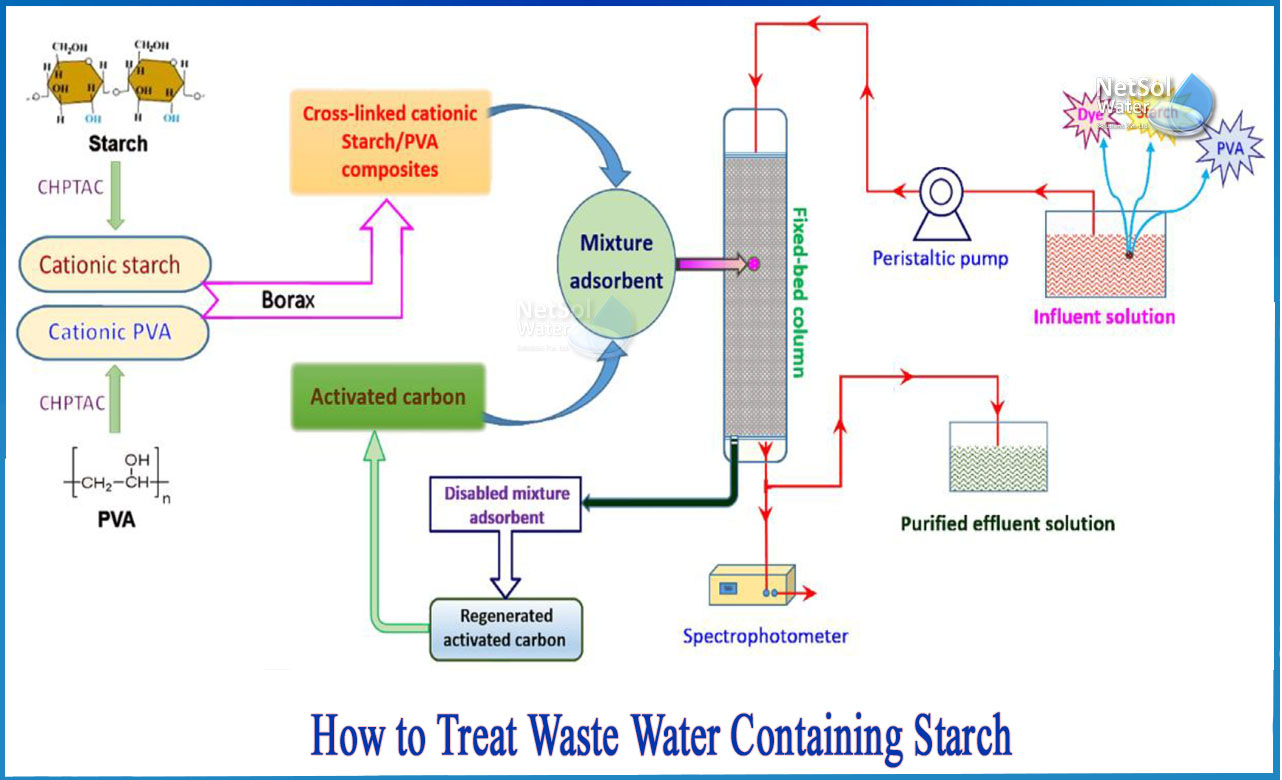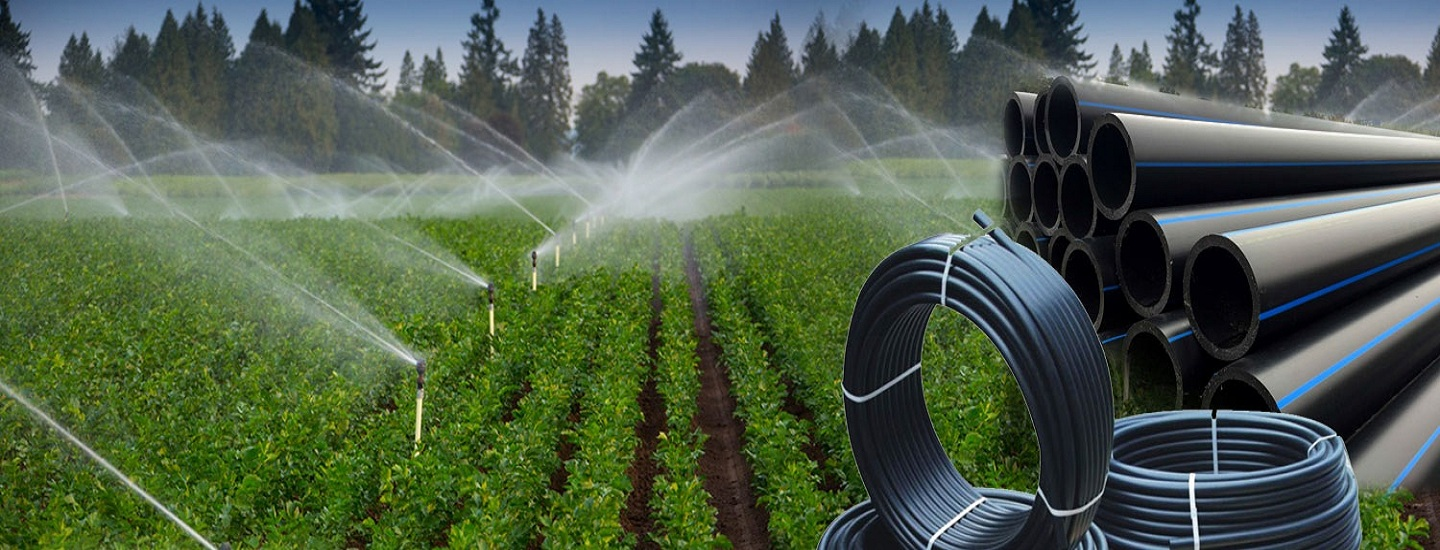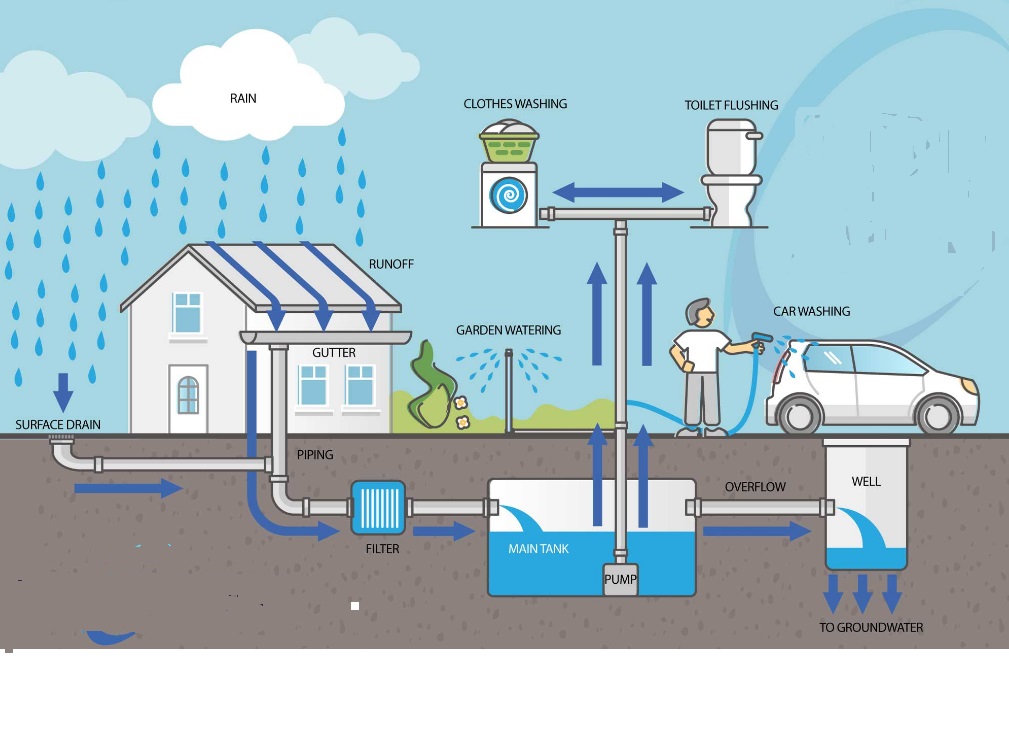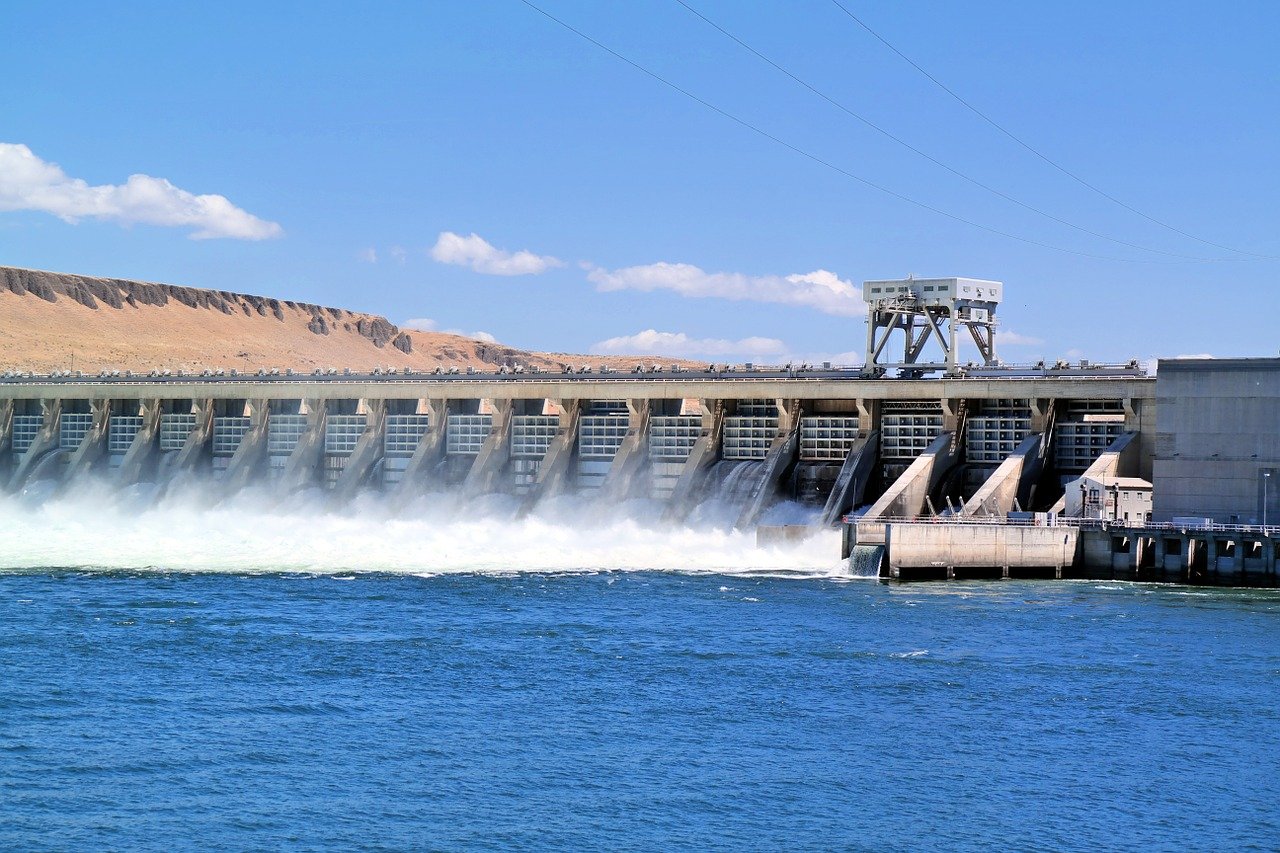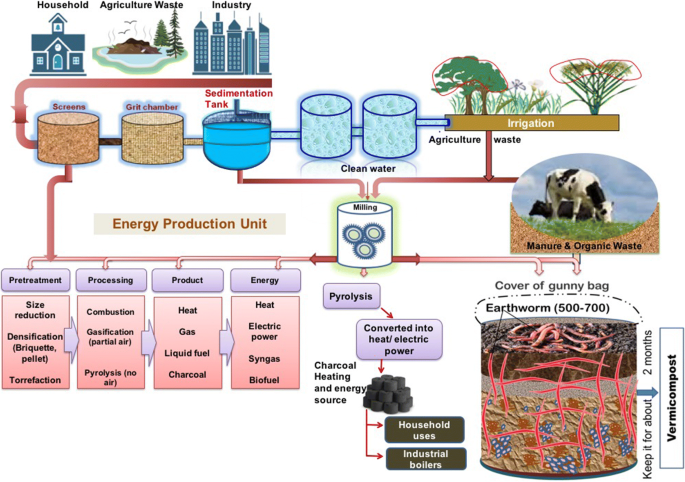Mohammed Abdul Rahman, CEO, Sahara Industry India has become the most populous country in the world, surpassed China by 10 million people at the end of 2023. With healthy economic growth, it is expected to be the world’s third-largest economy by the end of the current decade. This rapid economic growth, however, comes with challenges, particularly in the realm of water resources. As the population continues to grow, demand for water is escalating, placing immense pressure on existing water sources. Rapid urbanization, industrial expansion, and agriculture needs contribute to pressure…
Read MoreCategory: Case Study
Improved resource recovery from Zero Liquid Discharge (ZLD) processes using novel forward osmosis (FO) membranes
Why are ZLD processes on the rise? Access to water is no longer assured. Cape Town narrowly averted “Day Zero” amid intense public scrutiny during a 2018 drought. In June 2019, the 11 million residents of Chennai, India, endured a day without drinking water, and in 2020, the towns of Stanthorpe and Clifton in Queensland, Australia, both experienced water depletion. These incidents are not isolated and are projected to escalate as climate change effects intensify. When faced with systemic risks to economic growth and public health, the economic implications of…
Read MoreTransforming Urban Water Management: The Impact of Water Metering in Residential Communities
Introduction: India’s population is projected to surpass 1.7 billion by 2050, putting immense pressure on the available water resources. Amid India’s burgeoning urbanization and the escalating water crisis, there’s a critical need for transformative solutions to ensure sustainable water management in India cities. The Urgency of Water Conservation in Urban Areas Urban India is witnessing a relentless surge in population. The top 24 cities have a population of approx. 98.4 million with an estimated 8 million apartments. With job opportunities increasingly concentrated in these cities and with the resultant migration,…
Read MoreStudy of Wound and Melt Blown Filter Cartridges
Selection of Appropriate Filter Cartridges Herewith is the solution of how MMP Hydro Wound Filter Cartridges has more dirt holding capacity and life in compared to melt blown filter cartridges. Selection of appropriate filter cartridges is very important Executive summary: We are sharing a related experience with AMUL We received a call from Amul Diary plant to visit their plant & the reason being that they had to replace the filter cartridges very frequently and management was not agreeing to bear such high costs, as well, as they were facing…
Read MoreReviving a Troubled Sewage Treatment Plant at a Renowned Shopping Mall
Shopping malls, often witnessed as hubs of commerce and entertainment, generate a variety of wastewater that, if overlooked, can lead to unforeseen problems. In this exploration, we shed light on how Superweld Ecosolutions came to the rescue in solving the wastewater issues within a shopping mall and also learning the potential consequences of neglecting proper wastewater management. The population within a shopping mall is diverse, comprising various consumers as well as staffers with distinct purposes. Before we move ahead in understanding the challenge we must first learn the different segments…
Read MoreANAEROBIC TREATMENT OF WASTE & WASTEWATER OF POTATO STARCH MANUFACTURING INDUSTRY – A CASE STUDYREVY Environmental Solutions Pvt. Ltd., Vadodara, Gujarat
By-DR.VANITA PRASAD FOUNDER, DIRECTOR & CTO – REVY ENVIRONMENTAL SOLUTIONS PVT. LTD. Dr.Vanita Prasad – a scientist turned into an Entrepreneur, is a New Age Environmental Instrumentalist providing Biotech solutions. Having done her Ph.D. in Environmental Biotechnology and with her extensive experience of 28 years in waste bioremediation with various academic and Industrial institutions, she floated her own company REVY Environmental Solutions Pvt. Ltd. with a vision to solve the global crisis of food, water, and energy and to make our mother earth cleaner and greener. Her mission is to…
Read MoreUse Treated Waste Water (TWW) coupled with Solar Powered Rainport Sprinkler System for Small Scale Agriculture
By- Dilip Yewalekar Manisha Kinge Glasgow, 10th Nov 2021, The UNEP, and Bharat signed an agreement on climate change and committed to achieving the target of SDG 6.3, and water conservation, energy conservation, environmental protection, and green energy are the task to achieve. Agriculture is the world’s largest consumer of water and power. To minimize the consumption of water and power in agriculture, use of TWW coupled with a solar-powered Rain-port plays an important role. TWW management and solar power(green energy) are the prime target of the UN’s Sustainable Development…
Read MoreCircular Economy of Water
By- Dr Mayur J. Kapadia Trainer, Writer, Editor & Former AGM, Quality Control Dept, GNFC Ltd, Bharuch, Gujarat. Email : mjkapadia61@gmail.com Water : A Stressed Resource Water is fundamental to our existence and a finite resource. Water underpins all drivers of growth – be it agricultural production, energy generation, industry or manufacturing. The soaring population growth, urbanization, agricultural farming and climate change have put much more pressure on water source. Agriculture accounts for roughly three-quarters of global freshwater withdrawals, and agriculture-related nutrients are polluting watersheds. Water leakages can contribute up…
Read MoreA Deep Dive into India’s Hydropower Revolution
The importance of hydropower in India’s energy landscape, a pivotal player in the face of escalating energy needs and the global push towards sustainability. In our pursuit to decrease dependence on fossil fuels and tackle the obstacles posed by climate change, the multifaceted advantages of hydropower have emerged as a prominent solution, leading us towards a future of energy that is both sustainable and resilient. A Need for Stability with Renewable energy In the realm of renewable energy, solar and wind power, while champions of cleanliness, pose a unique challenge…
Read More“Transforming Health: Bihar’s Community Response to Waterborne Diseases through Affordable Household Water Treatment Solutions”
Lalit Mohan Sharma, Principal Scientist, S M Sehgal Foundation Aparajeeta, Assistant Program Lead, S M Sehgal Foundation Yashi Gautam, Assistant Program Lead, S M Sehgal Foundation Sumit Kumar, Field Assistant, S M Sehgal Foundation Ensuring access to safe drinking water is crucial for enhancing living standards and extending life expectancy by minimizing the prevalence of waterborne diseases. Approximately 2 billion people worldwide currently consume microbiologically contaminated water (https://factly.in/data-what-is-the-status-of-water-borne-diseases-in-india/). Annually, approximately 37.7 million individuals in India suffer from waterborne diseases, with an alarming estimate of 1.5 million children succumbing to diarrhea…
Read More

